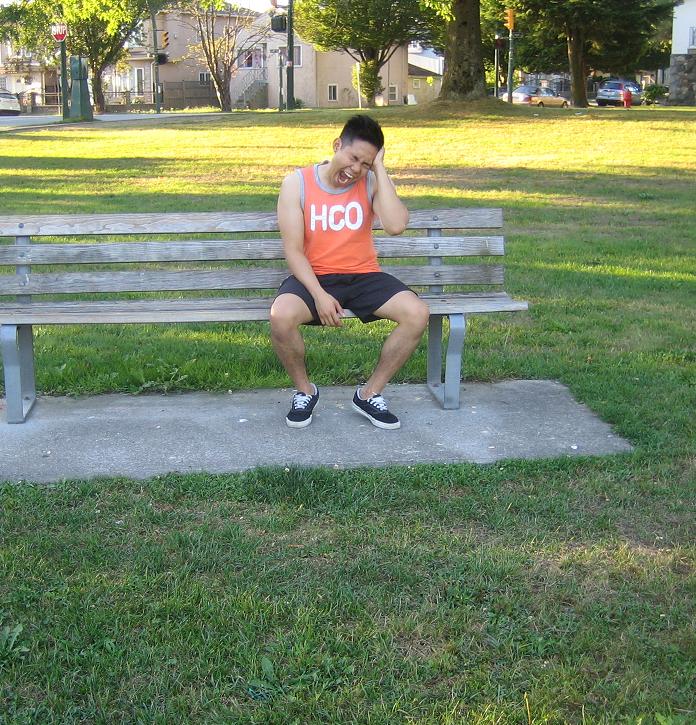Ringworm of the scalp or tinea capitis is a fungal infection that affects the scalp and the hair shafts. The condition is described as itchy, bald, scaly blotches on the head. Ringworm of the scalp is a contagious condition which usually affects toddlers and school age children. Some cases of ringworm of the scalp causes severe inflammation of the area that result to scarring or permanent loss of hair.
[youtube url=”https://www.youtube.com/watch?v=_Q03uE67sdk”]Symptoms
- Patches on the scalp that eventually expands or enlarge
- Scaly, gray or reddened areas of the scalp
- One or more round patches of scaly skin on hair follicles or just above the scalp.
- Brittle hair that easily pulls off
Painful or tender areas on the scalp - Painful or tender areas on the scalp
- Patches with presence of small black dots where the hair has pulled off from the scalp.
- Sometimes, the scalp can become inflamed along with the development of pus and formation of yellow crusts. Those affected by the condition can develop fever or swollen lymph nodes.
Causes of ringworm of the scalp
- Ringworm of the scalp can spread through skin-to-skin contact with an infected person.
- Can spread by touching contaminated objects or surfaces such as towels, clothing, combs or brushes as well as bed linens.
- Animals such as dogs and cats especially can be carriers of ringworm that can be transmitted to humans. Other animals that can be carriers include pigs, cows, goats and horses. An individual can develop ringworm of the scalp by petting these animals.
Treatment
- Wash the hair using a prescribed antifungal shampoo to minimize the spread of fungus and promote fast healing of the condition.
- Use a shampoo that contains selenium sulfide or ketoconazole. Use this shampoo at least 2 times a week during the first week of the treatment.
- Avoid shaving the head to prevent the condition from worsening.
- Soak hairbrushes, hair implements and combs in a disinfecting solution by mixing 1-part bleach with 3-parts water. Soak these items in the solution for at least 1 hour to minimize the infection.
- When washing bed sheets, towels, gym mats and clothing, always use a disinfectant solution or bleach to prevent infection.
Tips
- Educate other people of the risk of ringworm from infected persons or pets and how to avoid acquiring one.
- Shampoo regularly especially after haircuts to prevent a possible infection.
- Wash the scalp of the affected child after a haircut.
- The child should wash his/her hands regularly to avoid the spread of infection.
- Avoid direct contact with infected animals.
- Avoid sharing of personal belongings such as clothing, hairbrushes, towels or other personal items as well as borrowing personal items of other children.
FACT CHECK
https://www.healthline.com/health/tinea-capitis
https://www.webmd.com/skin-problems-and-treatments/picture-of-ringworm-of-the-scalp-tinea-capitis
https://www.mayoclinic.org/diseases-conditions/ringworm-scalp/symptoms-causes/syc-20354918


